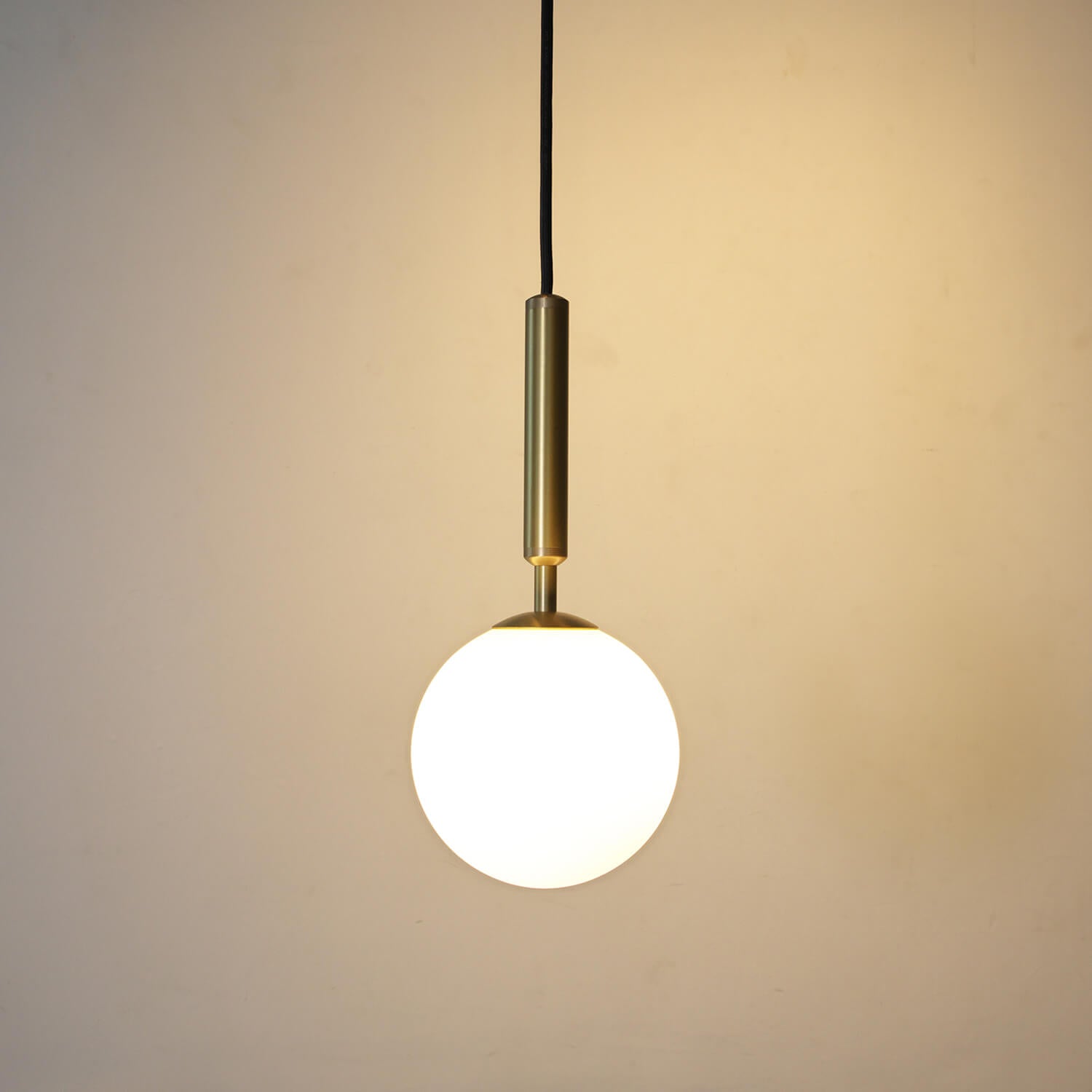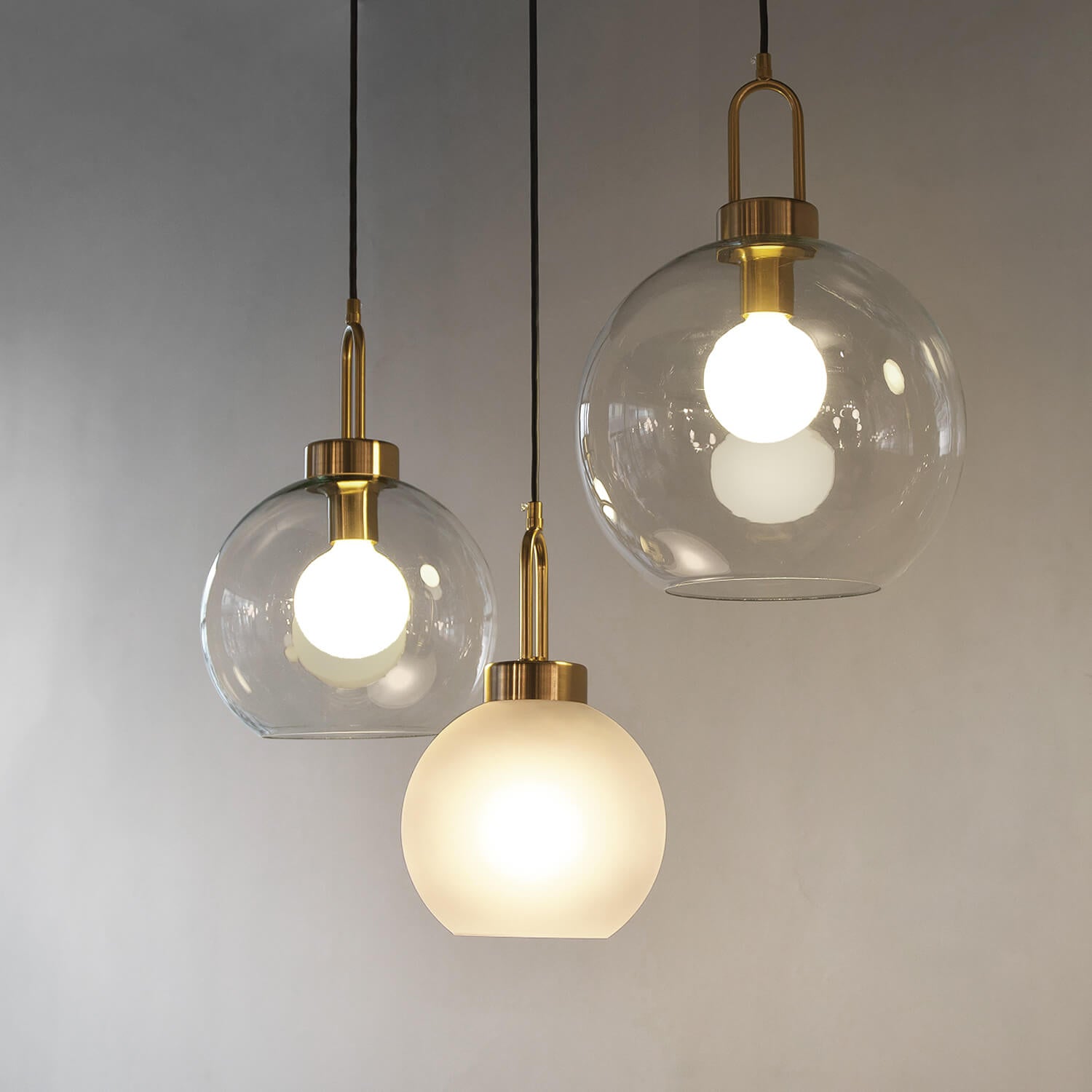Home lighting has come a long way since the advent of incandescent bulbs in the 19th century. Today, we have access to a wide variety of lighting options, including halogen bulbs, fluorescent lamps, and LED lights. One popular choice for homeowners looking to upgrade their lighting is LED ceiling lights. In this article, we will discuss the benefits of LED ceiling lights, how they work, and some tips for choosing the right LED light for your home.
What are LED Ceiling Lights?
LED ceiling lights, also known as LED panel lights, are a type of light fixture that is mounted on the ceiling. These lights use light-emitting diodes (LEDs) to produce bright and energy-efficient light. Unlike traditional incandescent bulbs, which produce a lot of heat while emitting light, LED lights produce very little heat while providing the same amount of light. This makes LED ceiling lights a much more energy-efficient choice, as they use less electricity to produce the same amount of light.
Benefits of LED Ceiling Lights
There are several benefits to using LED ceiling lights in your home, including:
Energy Efficiency
As mentioned above, LED lights are much more energy-efficient than traditional incandescent bulbs. They use up to 80% less energy than incandescent bulbs, which can lead to significant savings on your electricity bill.
Long-lasting
LED lights can last up to 25 times longer than traditional incandescent bulbs. This means you won’t need to replace your LED ceiling lights as often, saving you money in the long run.
Bright and Even Lighting
LED ceiling lights produce bright and even lighting, making them ideal for use in a variety of settings. Whether you need overhead lighting in a kitchen or living room, or task lighting in a home office or workshop, LED ceiling lights can provide the right amount of light for the job.
Environmentally Friendly
LED lights are much more environmentally friendly than traditional incandescent bulbs. They contain no toxic chemicals and can be recycled at the end of their lifespan, reducing the amount of waste that ends up in landfills.
How Do LED Ceiling Lights Work?
LED ceiling lights work by using a series of light-emitting diodes to produce light. These diodes are made of semiconductor materials, which emit light when an electrical current is passed through them. The light produced by the diodes is then diffused by a specially designed panel, which spreads the light evenly across the room.
Choosing the Right LED Ceiling Light
When choosing an LED ceiling light for your home, there are several factors to consider, including:
Brightness
The brightness of an LED ceiling light is measured in lumens. The more lumens a light produces, the brighter it will be. Make sure to choose a light that provides the right amount of brightness for the space it will be used in.
Color Temperature
LED lights come in a variety of color temperatures, ranging from warm white to cool white. The color temperature you choose will depend on personal preference and the purpose of the light. Warm white lights are ideal for creating a cozy, inviting atmosphere, while cool white lights are better for task lighting.
Size and Shape
LED ceiling lights come in a variety of sizes and shapes, so it’s important to choose one that fits the space it will be used in. Make sure to measure the room and choose a light that provides enough coverage.
Style
Finally, consider the style of the LED ceiling light you choose. There are many different styles to choose from, including modern, traditional, and transitional. Choose a light that fits with the overall style of your home.
LED ceiling lights are a great choice for homeowners looking to upgrade their lighting. They are energy-efficient, long-lasting, and provide bright and even light. When choosing an LED ceiling light for your home, consider factors such as brightness, color temperature, size and shape, and style. With the right LED ceiling light, you can create a well-lit and inviting home that is as energy-efficient as it is beautiful.



